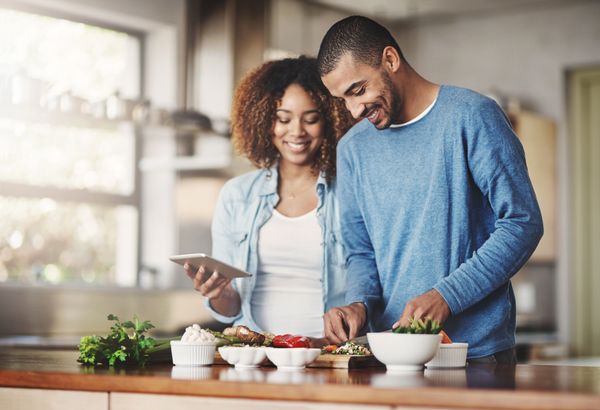If you're asking a friend to dinner, you may want to invite the person who eats a salad and grilled fish instead of the one who orders the heaping platter of fried onion rings, layered nachos and blue cheese burger. Even if you don't dip into the nachos or grab a few of those onion rings (and who wouldn't?), you're still likely to eat more when you sit down with the second friend than with the first.
That's because social and other external cues are more likely to affect how and what we eat than internal biological forces such as hunger or fullness.
When a friend loads up at the dessert buffet, it's a safe bet that you will, too. But if you're with someone who eats sparingly, or to whom you don't want to seem an overeater (such as a prospective employer), you'll eat less. In addition, the more people you share a meal with, the more you'll overeat.
Several other external cues affect the amount of food we consume. If music is playing while you eat, your food and fluid intake go up and the time you spend at the table increases. What we see, or think we see, also affects how much we eat. You're likely to drink more from a short, wide glass than a tall, narrow one. Larger plates cause you to eat more. These visual cues make us think that the amount in the glass or on the plate is a normal amount to consume, so we eat accordingly.
And then there's portion size. The simple fact is that when you're served more food, you eat more food.
What to do? Here are some tips for eating out.
- Be aware that it's easy to overeat when you're dining in groups or in distracting situations.
- Start with a large salad and go slowly.
- Look at plate, glass and portion size when judging how much to eat.
- If the food is particularly yummy, take home a doggie bag.
Here are some tips for eating at home.
- Keep food and snacks out of sight (but fruit in a bowl is fine).
- If you buy large-sized packages, don't eat right from the container. Put a small amount into a little dish or snack bag.
- When serving meals, start with smaller portions. Take seconds only if you're still hungry.







